Boyd's Tower, Eden

The South Coast is home to several striking towers, mainly lighthouses like the hexagonal Green Cape near Eden, and of course Ulladulla's [Warden Head] harbourside light, but arguably the most unique is Boyd's Tower.
Built by entrepreneur-cum-slave driver Benjamin Boyd in the mid-1840s, the original intention of the 23-metre-high turreted tower was to shine a light to warn passing ships of the southern headland of Twofold Bay. It was also a less-than-subtle way for Boyd to announce to maritime travellers they were entering his domain.
Unfortunately for Boyd, his tower was deemed unsuitable as a lighthouse and never commissioned. In fact, it was only lit on three recorded occasions.
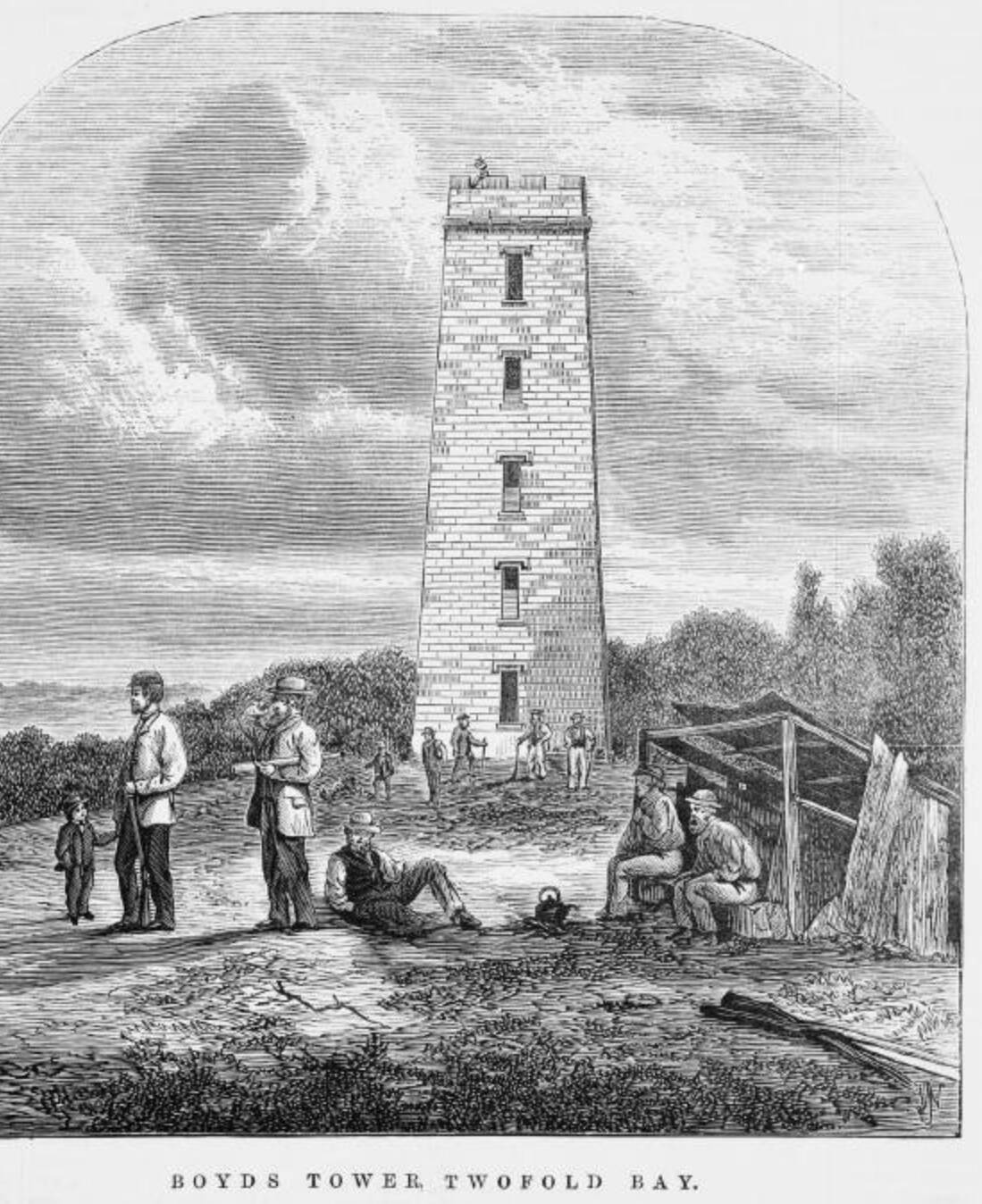
Following the collapse of Boyd's financial empire, his tower was used by whalers who manned it daily to alert crews from nearby whaling stations to the presence of passing whales. Apparently, a gunshot was fired, or a smoke signal was sent (really!) to inform the whalers of a sighting.
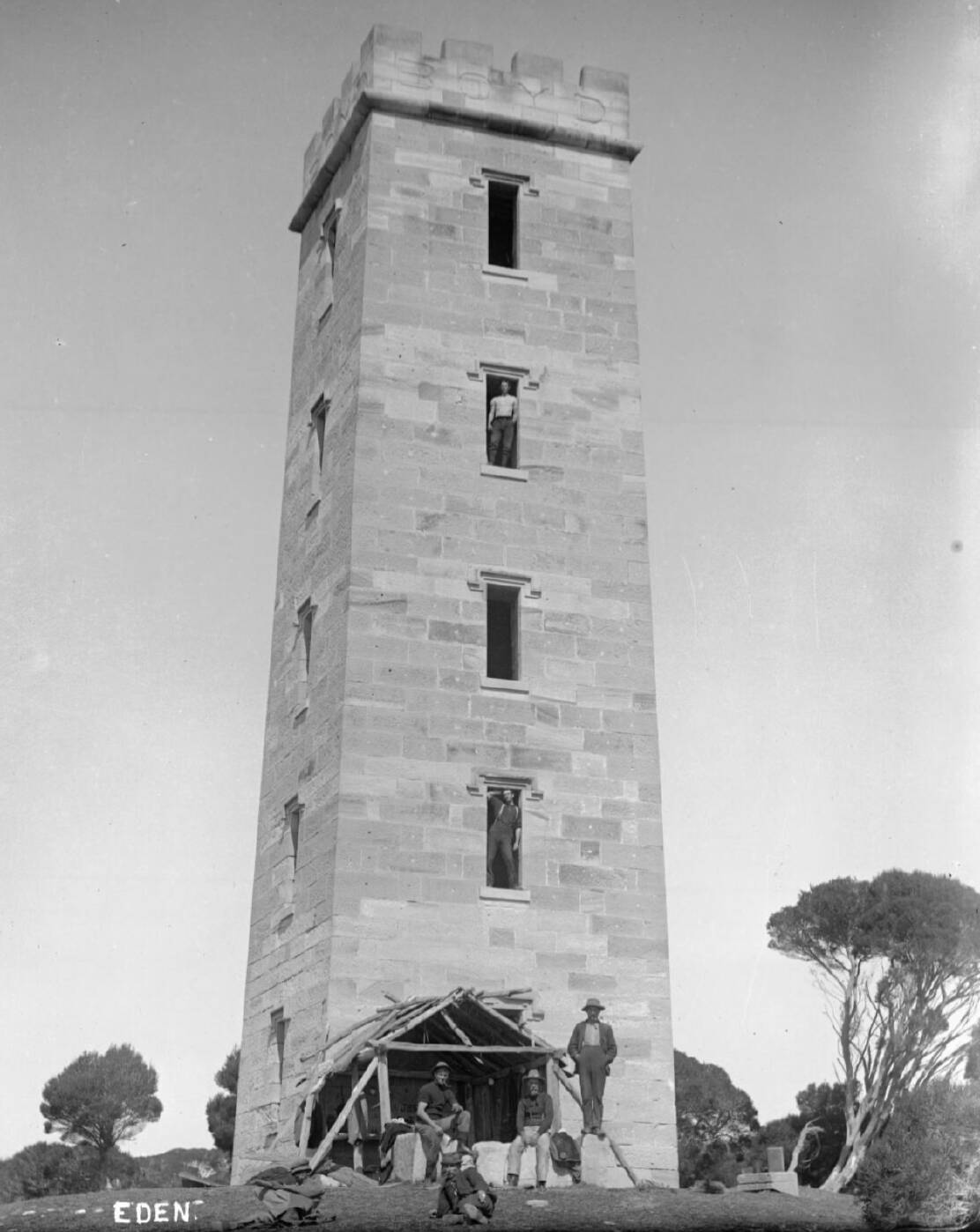
According to Jim Low, a historian who writes for the Simply Australia website, the tower wasn't the controversial businessman's first attempt to erect a lighthouse at the entrance to Twofold Bay. "Previous to the tower's construction, Boyd had directed that a tower be built on the headland and a lantern placed at its summit. A large tree was modified for this purpose. Its branches were removed, and the trunk was braced with wooden poles which were fixed with iron bands. Its visibility was increased by painting the wood white and the iron black. Not a lighthouse as such, its purpose was to indicate clearly just where the entrance was on the coast."

In fact, Jim is so captivated by the tower's history that he has even penned and performed a song about an incident when, in 1881, whaler Peter Lia was lost at sea after a whale he harpooned dragged his boat beyond the horizon. Lia's name and date of death is engraved on the wall of the tower.
Can I visit? Yes, the historic tower is located at the end of a 350-metre wheelchair-accessible track in Benowa National Park, south of Eden. The rickety rungs of the internal staircase have been locked-off to deter modern-day thrillseekers so if you want to look out for whales, you'll have to walk a further few metres to a knock-out whaling viewing platform. It's also a popular spot for astral photographers, by day and night. "When we take photos of the tower, we place a couple of torches inside to light it up," reveals Peter Harris who captured a faint Aurora Australis on the horizon behind the tower.
Did You Know? Each block of sandstone that went into its construction was quarried at Pyrmont, pre-cut, numbered and shipped from Sydney on Boyd's own steamships. If you look closely, you will notice a few sandstone blocks missing at the top of the tower - the result of a lightning strike in the 1860s.
St Andrew's Anglican church, Braidwood
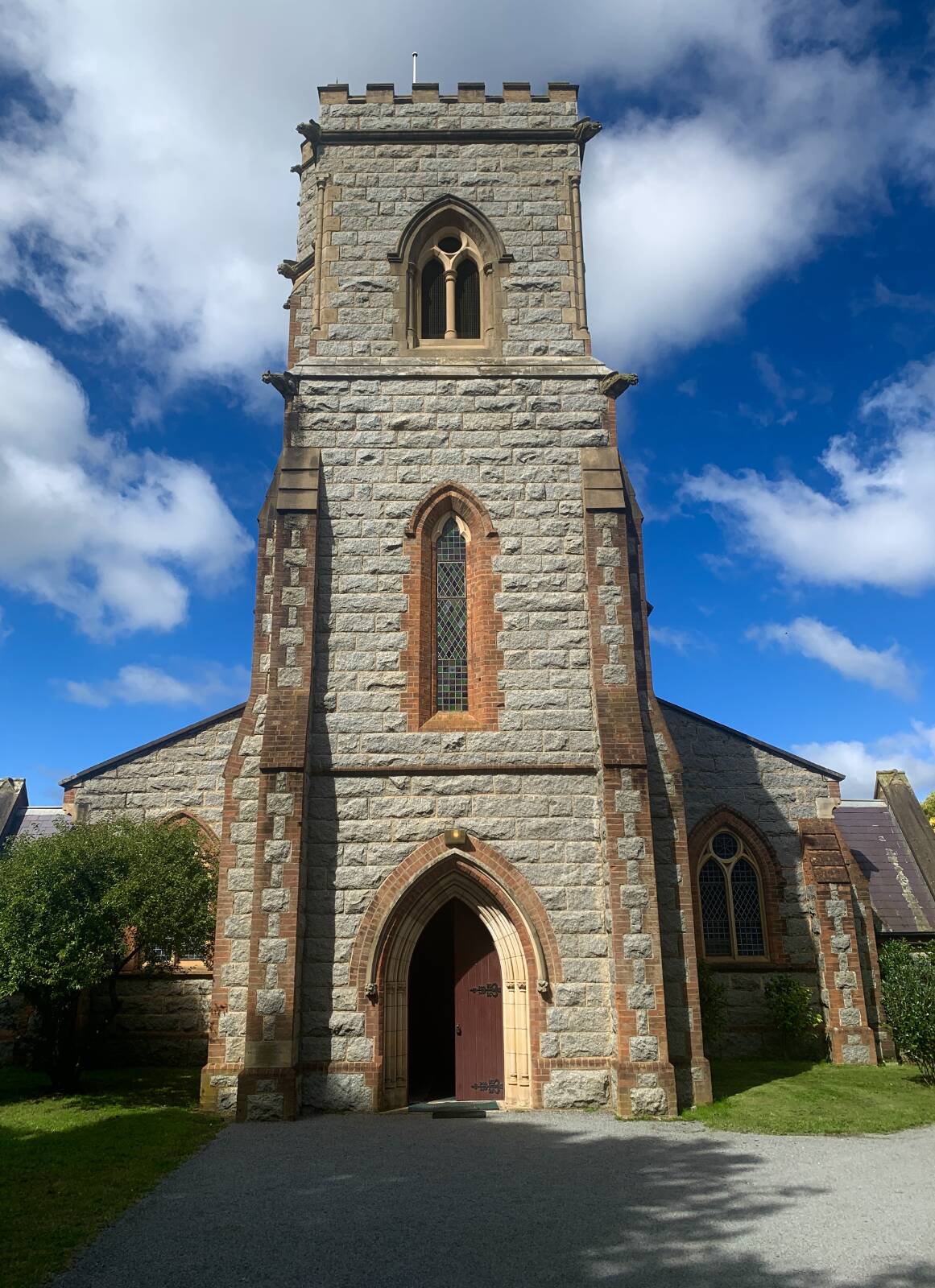
When most Canberrans drive through Braidwood enroute to some saltwater therapy at the coast, while waiting for the compulsory pie and latte, we often gawk at the historic facades that hold up both sides of the wide main street. However, some of Braidwood's most enticing historical sites are actually on side streets.
Take, for example, Elrington Street which boasts old bushranger hideouts, a former maternity hospital, Masonic Lodge and, best of all, the town's handsome granite Anglican church. Although the church was dedicated in 1892, the bell tower wasn't completed until 1899 following a donation from the Maddrell family.

While its distinctive chiming bell can be heard ringing all over Braidwood and beyond, it's the bell tower's other two uses that propel it to number two on my list of towers in the Canberra region.
Firstly, due to its prime position overlooking the town, many early images of Braidwood were taken from atop this tower, a photographic record that historians still sift through today.
And the second reason? It's even more fascinating. During World War II, the tower doubled as a lookout for enemy aircraft. Really.
In Braidwood Dear Braidwood: A History of Braidwood and District, (self published, 1997) author Netta Ellis reports: "Following the sinking of an Australian fishing trawler by a Japanese submarine off the Moruya coast [on August 3, 1942], a blackout of Braidwood was enforced by the local Volunteer Defence Corps, made up of those unable to enlist because of occupation or age."
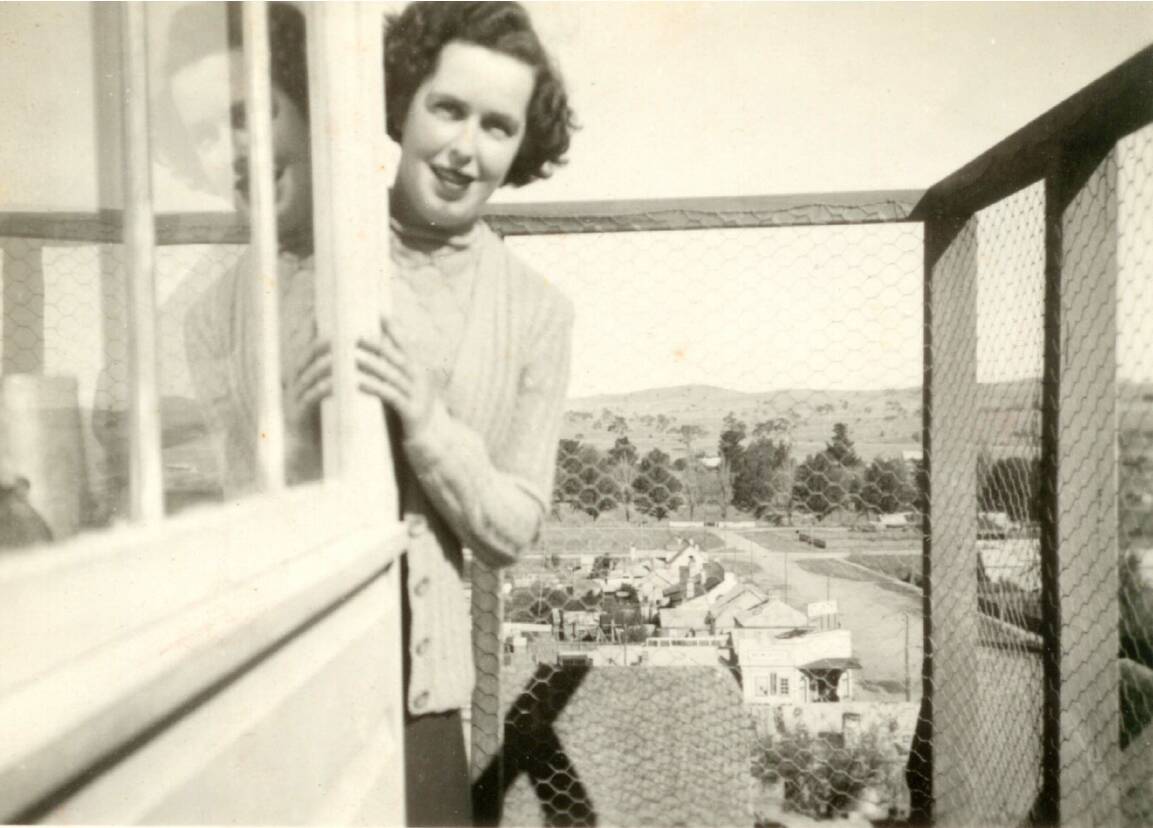
Slit trenches were promptly dug in Ryrie Park (that's the main park with the rotunda) and the Recreation Ground and a unit of the Air Observers' Corps was formed, and members were rostered for duty on the bell tower of St Andrew's.
The tower-top volunteers were also there to aid friendly aircraft - Reverend Robertson, the Presbyterian Minister in charge of this group, arranged for a hand-cranked lantern that could flash "This is Braidwood" in morse code to lost Australian or US planes.
Can I visit? You can visit the church, but due to safety reasons, access to the tower is no longer possible.
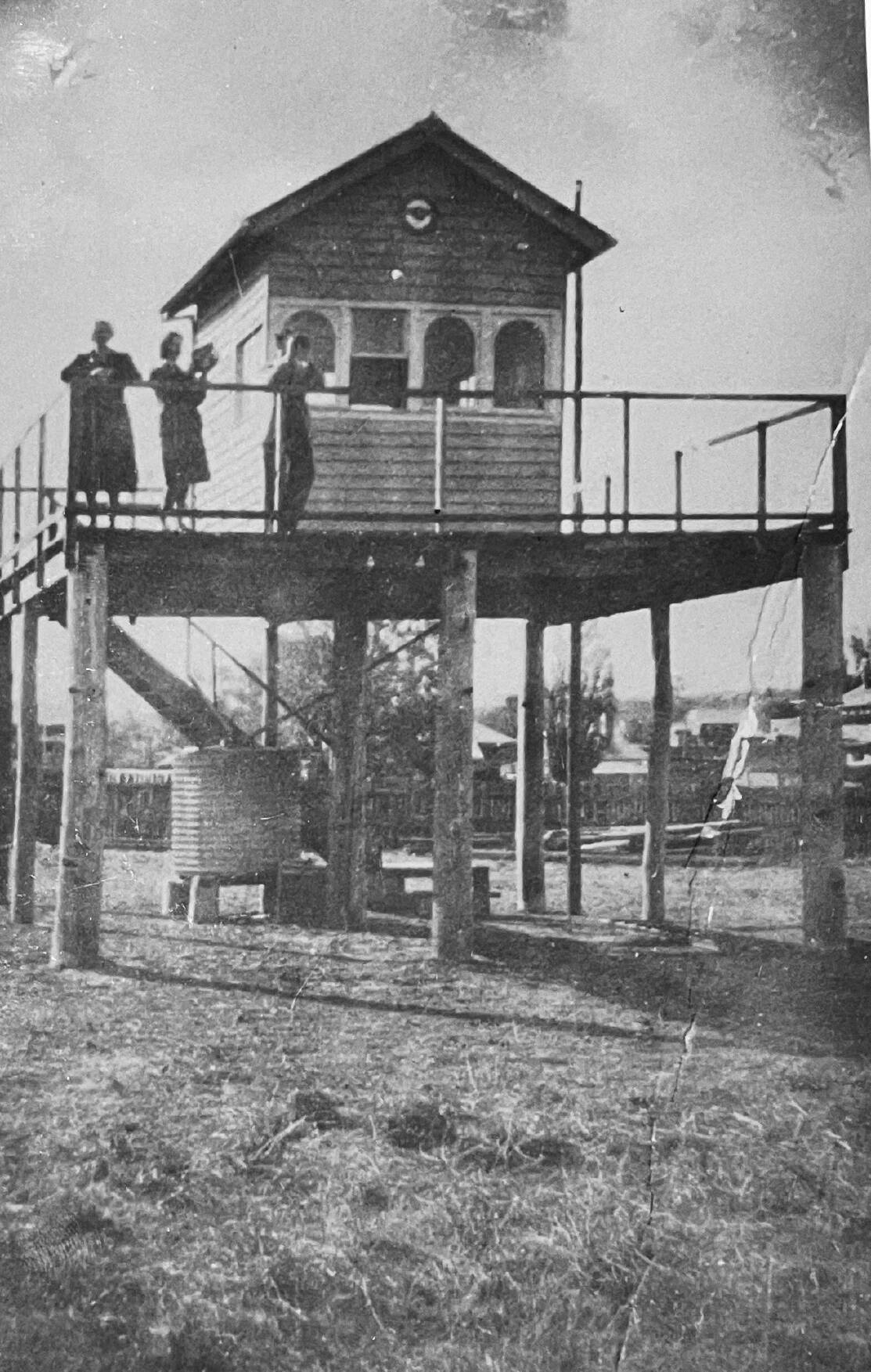
Did You Know? In 1944, it was deemed that the church could no longer be used for military purposes (I've been unable to find out why - someone must know) and a temporary wooden tower at a fraction of the height was built in nearby Duncan Street.
The sad story of Nimmitabel's Geldmacher Mill
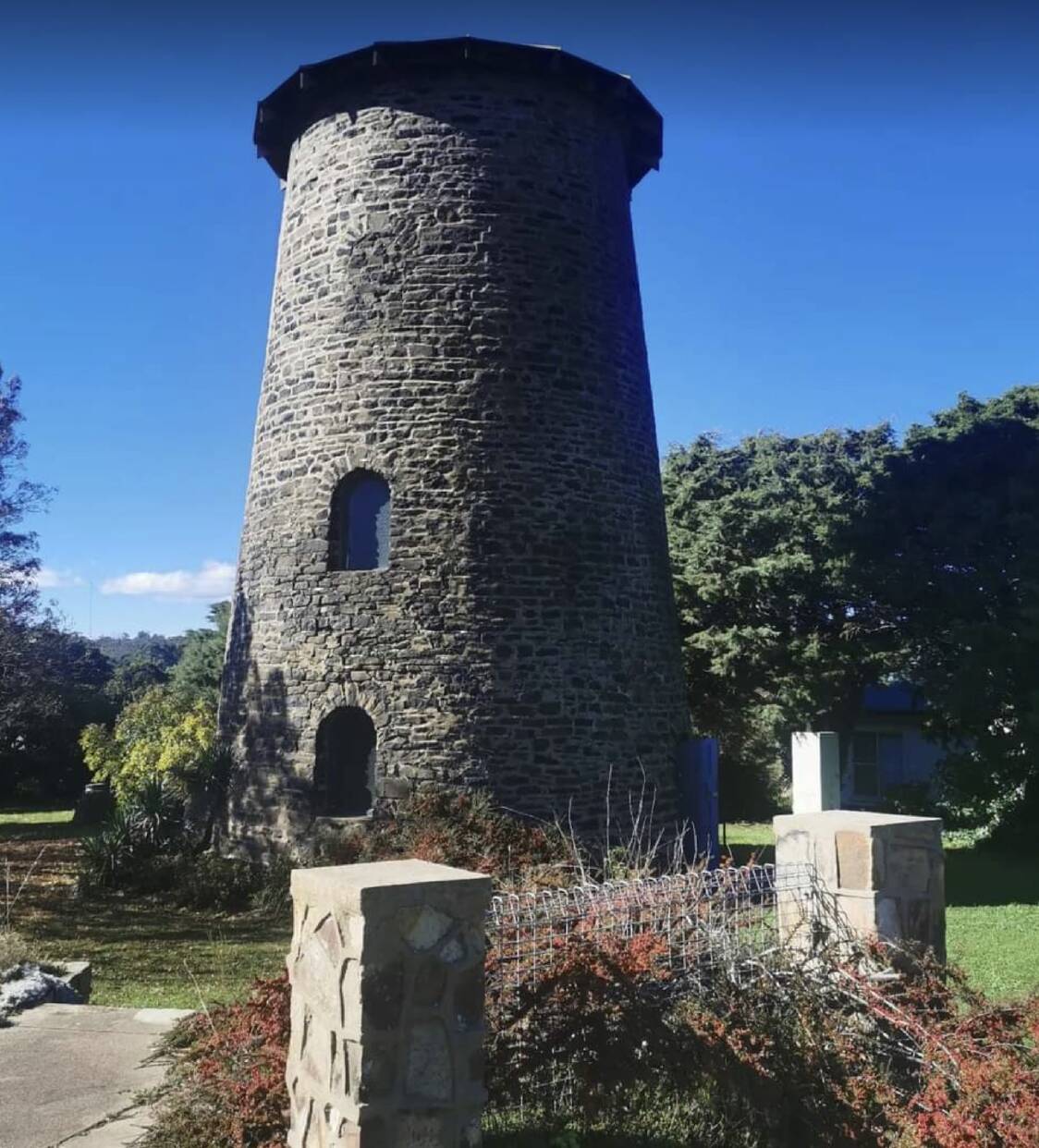
It's nearing midnight and an icy gale blows sleet across from the main range. By torchlight I usher everyone off the minibus, and we scurry across the road to Geldmacher's Mill perched on a windswept hill in Nimmitabel.
I push the creaking door open. Inside it's warm and calm. Talk about a sanctuary from the elements, but it gets even better. Surrounded by a single flickering candle and perched on a lone chair on the concrete floor of the 150-plus-year-old mill is Allan Spencer of Cooma School of Music. On cue, he starts strumming his acoustic guitar. Every note is crystal clear, as if the mill has been engineered with perfect reverb.
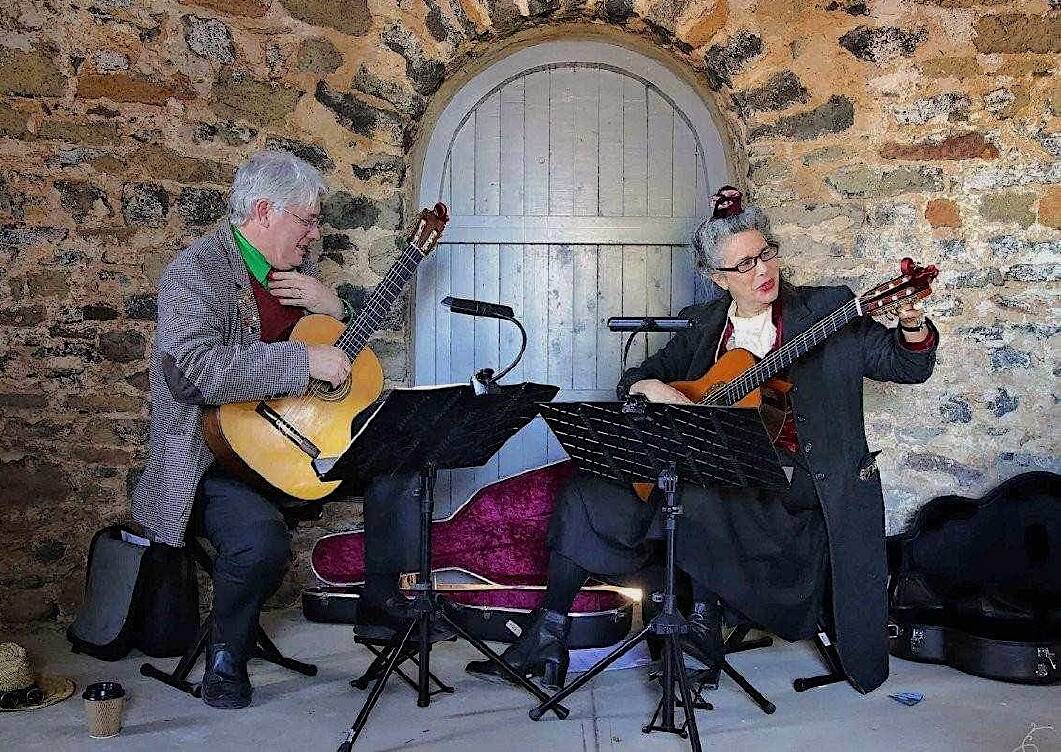
A similar scene to this played out during numerous late-night tours I ran pre-COVID across the high plains of the Monaro. A visit to the mill was always a highlight for guests, not only for the musical performance but also for the rare opportunity to enjoy the historic tower under a magical veil of darkness.
While it is unlikely John Geldmacher designed the mill with acoustics in mind, he was more than aware of the howling southerlies which he hoped would power his flour mill, built by hand from 1865 to 1872. The plan was for wind to turn the wooden sails to grind grain into flour. However, after the mill was completed, authorities controversially deemed the shadows of the sails would startle passing horses. Geldmacher was forced to resort to horsepower instead.
The mill was also briefly used as a timber processing facility before ceasing operations in 1885. After being restored by the local council in the 1960s, it is now a treasured part of the Nimmitabel streetscape. The Geldmacher Mill picks up my gong for my third favourite tower in the Canberra region.
WHERE IN CANBERRA?

Rating: Easy (about time, yes?)
Clue: There are Lamson tube trenches nearby.
How to enter: Email your guess along with your name and address to tym@iinet.net.au. The first correct email sent after 10am, Saturday August 5 wins a double pass to Dendy, the Home of Quality Cinema.
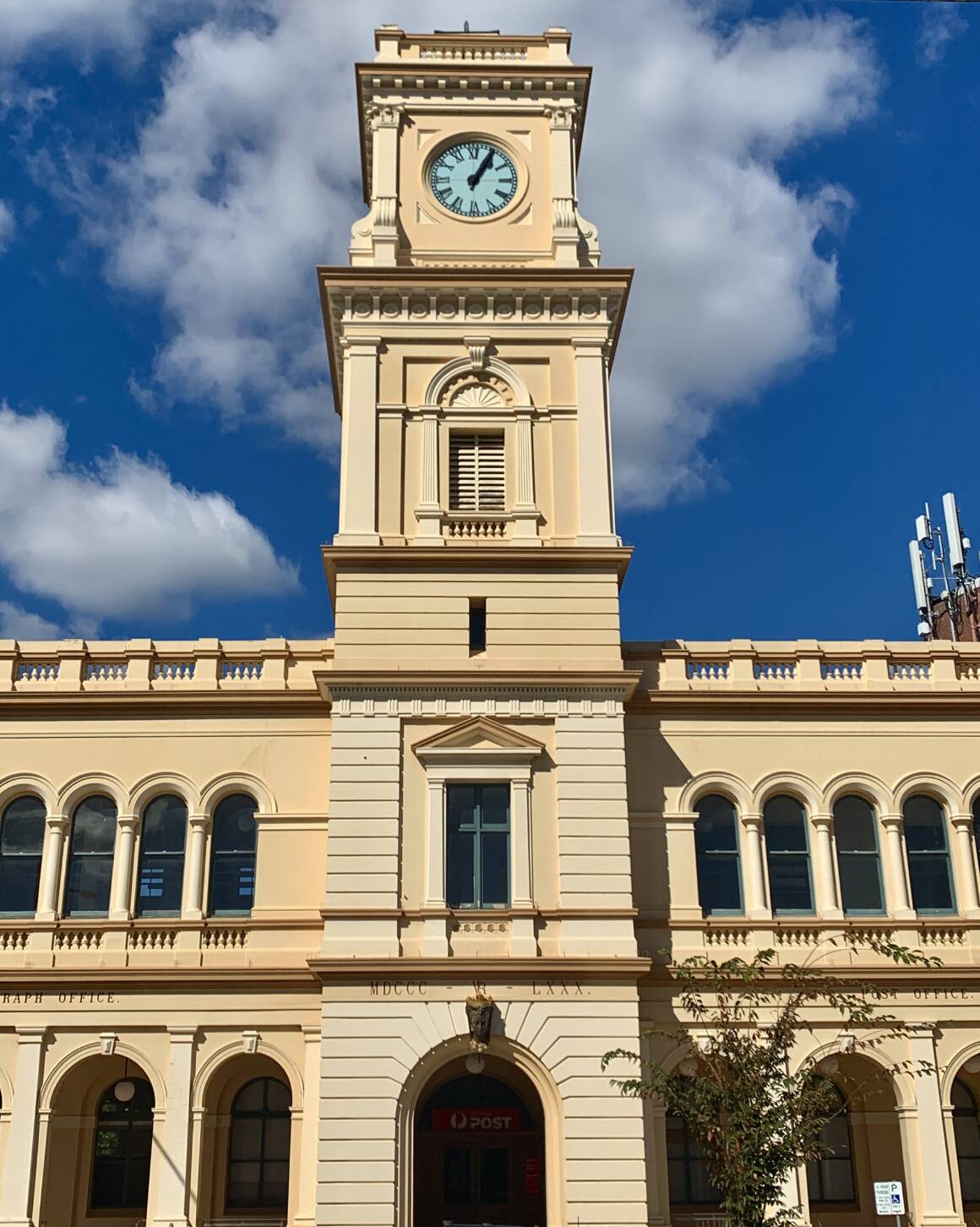
Last week: Congratulations to Heekyung Chun of Curtin who was first to recognise last week's photo as the clock tower at the Goulburn post office. Heekyung, who reports she "often stops for lunch in Goulburn on the way to Sydney and has always admired the building", just beat a stampede of other readers to the prize including Mitesh Desai of Greenway, Sue Fraser of Hackett and Peter Morgan of Kambah. Special note to Neil Clarke who also instantly recognised the photo, having been involved in the 1999 restoration of the clock. "We hung a scaffold around it so they could access each face," reports Neil, adding "they were hoping to restore the whole building, but the cost was too much".
SPOTTED
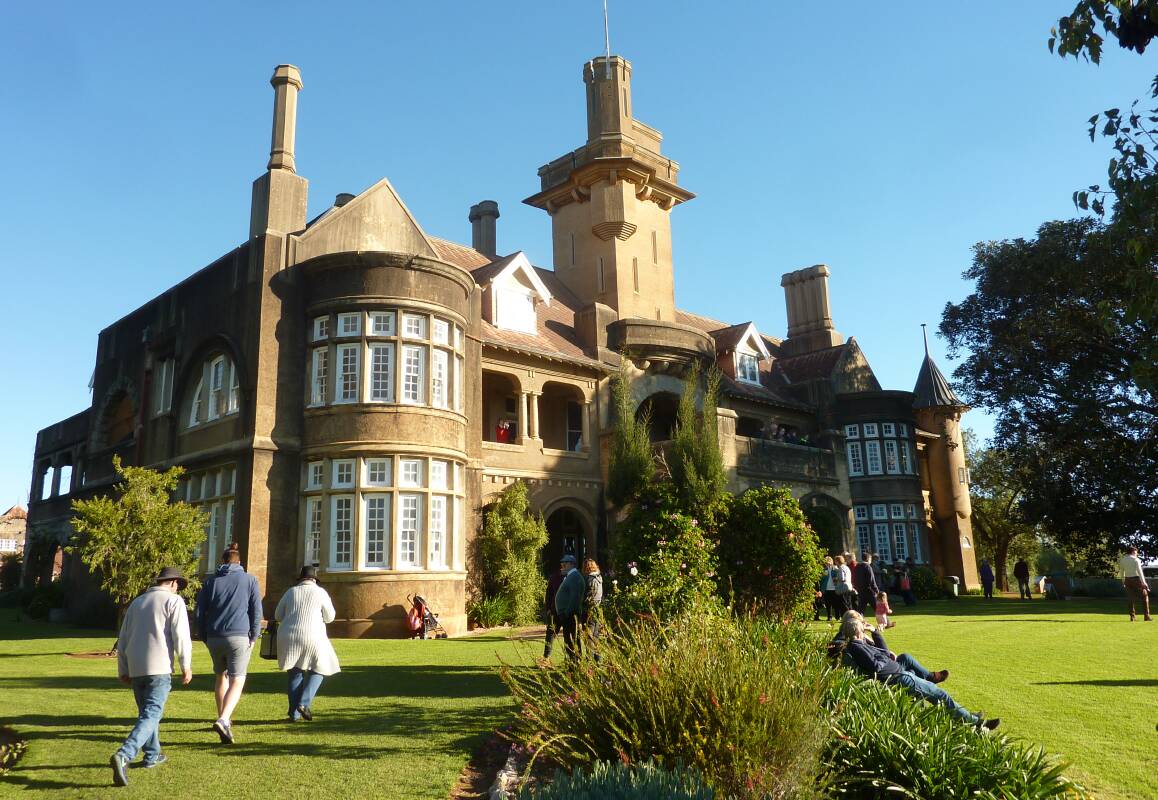
Continuing this week's tower theme, in terms of privately owned towers, on the top of my list is the 57-room Iandra Castle at Greenethorpe between Cowra and Young. The grand mansion was built by George Henry Greene in 1908 as both his home and visitor accommodation for businessmen whom he lured from around the globe to consider his share-farming concept. Greene was a leading figure in rural affairs in Australia and NSW during the late 19th and early 20th centuries and not only was Iandra the first property to commercially grow William Farrer's Federation strain of wheat, but it was also one of the first farms to experiment successfully with superphosphate and to demonstrate the reaper binder.
SIMULACRA CORNER
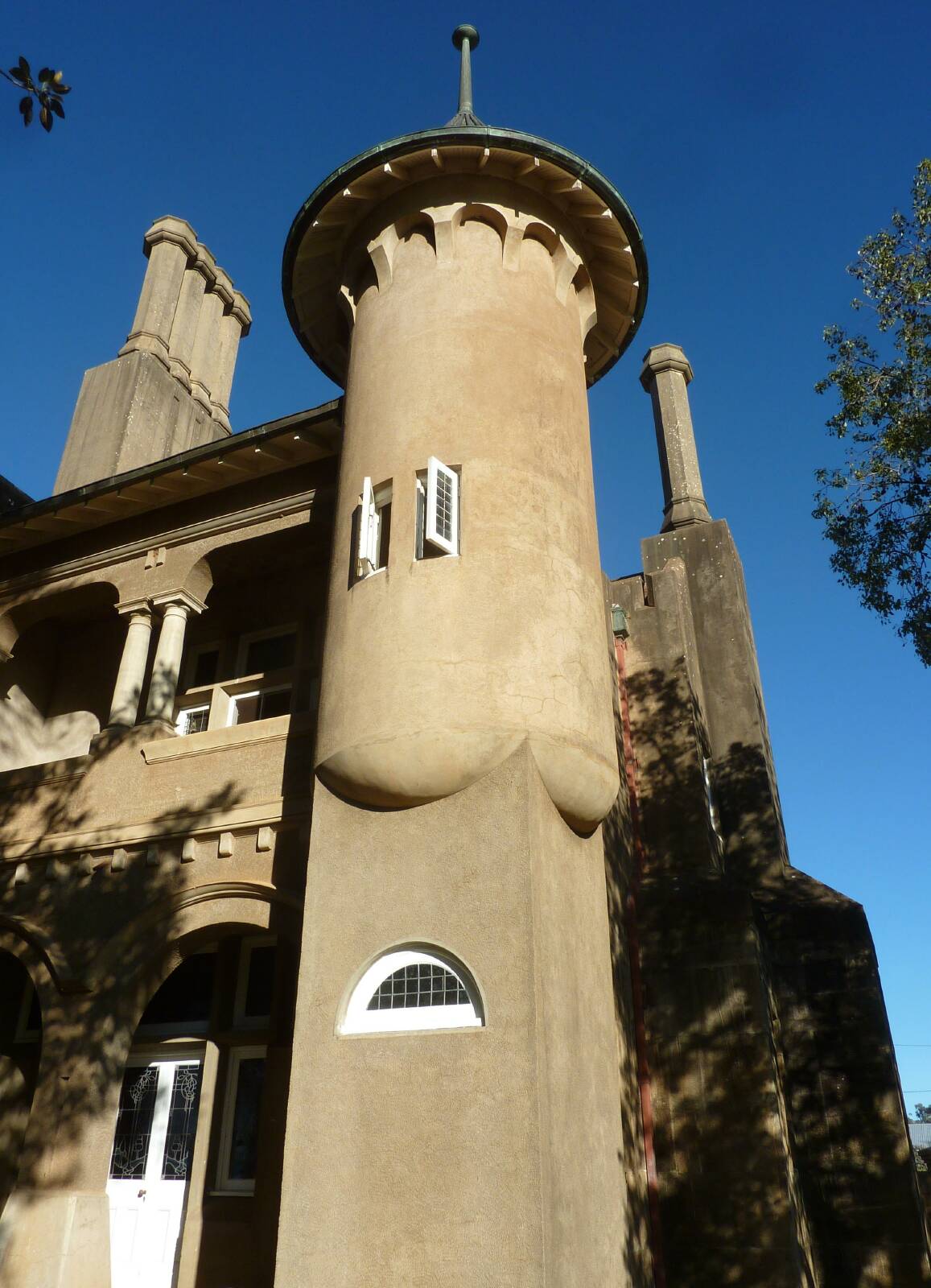
Can you see the "face" in this small corner turret of Iandra Castle?
CONTACT TIM: Email: tym@iinet.net.au or Twitter: @TimYowie or write c/- The Canberra Times, GPO Box 606, Civic, ACT, 2601
We've made it a whole lot easier for you to have your say. Our new comment platform requires only one log-in to access articles and to join the discussion on The Canberra Times website. Find out how to register so you can enjoy civil, friendly and engaging discussions. See our moderation policy here.







